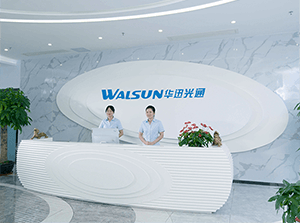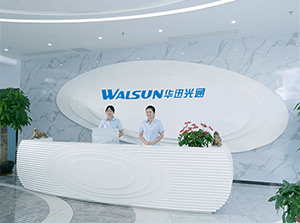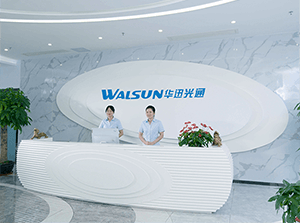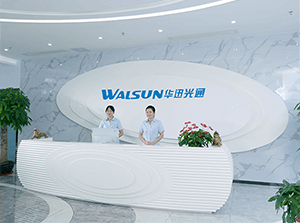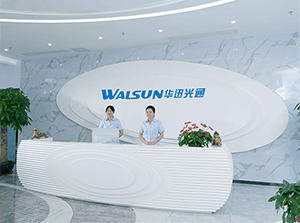PRODUCTS

- The range of QSFP+ (Quad Small Form-Factor Pluggable Plus) transceivers can vary depending on the type of optical fiber used and the specific implementation. In general, QSFP+ transceivers can support distances of up to 40 kilometers over single-mode fiber and up to 300 meters over multimode fiber. However, there are also extended reach and long reach QSFP+ modules that can support even greater di1234

- OS1 and OS2 are different types of optical fiber cables used for different purposes.OS1 (Optical fiber, Single-mode) is designed for long-distance transmission. It has a smaller core and is used for applications that require larger bandwidth and longer transmission distances, such as telecommunications and long-distance networking.OS2 (Optical fiber, Single-mode, 2nd generation) is also designed f1351

- The maximum bandwidth of a QSFP+ (Quad Small Form-factor Pluggable) transceiver is determined by the number of channels and the data rate per channel supported by the module. QSFP+ is a high-speed, hot-pluggable transceiver module commonly used in data center and networking applications.Each channel in a QSFP+ module supports a specific data rate, and the total bandwidth is the product of the numb1322

- The main difference between SFP modules operating at 1310nm and 850nm is the wavelength at which they transmit optical signals. The wavelength is a critical parameter in fiber optics and affects the distance and performance of the optical link. Here's a breakdown of the key distinctions between SFP modules with 1310nm and 850nm wavelengths: Wavelength:1310nm: SFP modules operating at 13105711

- You can plug various networking devices into an SFP (Small Form-factor Pluggable) port, such as fiber optic transceivers, gigabit Ethernet modules, and SFP modules. These can include devices such as switches, routers, network interface cards, and media converters.Can the sfp interface be plugged directly into a fiber opticThe SFP interface can support both Gigabit Ethernet and 10 Gigabit Ethernet.1352


 CHS
CHS Walsun Mall
Walsun Mall

